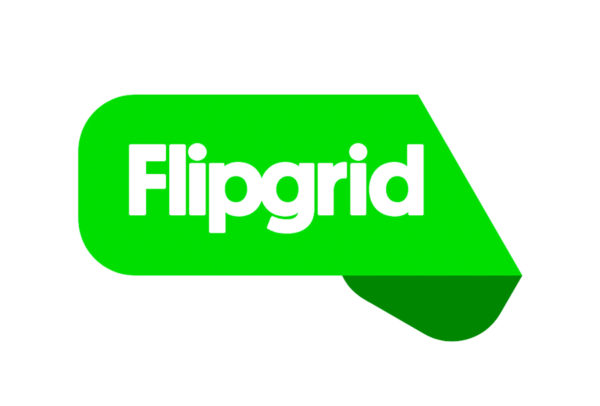The theory of multiple intelligences (MI) was first advanced by Dr, Howard Gardner, Hobbs Professor of Cognition and Education at the Harvard Graduate School of Education and adjunct professor of psychology at Harvard University, in his 1983 book Frames of mind.
Challenging the traditional concept intelligence, the theory of multiple intelligences suggest that each individual has eight different types of intelligences. These intelligences combine to form any individual’s specific cognitive potential.
What are these intelligences? What do they mean?
According to Dr.Gardner we all possess eight different types of intelligences.
· Verbal-linguistic intelligence, “word smart”, refers to an individual’s ability to analyze information and produce work that involves oral and written language.
· Logical-mathematical intelligence, “maths smart”, describes the ability to detect patterns, reason deductively and think logically, make calculations, and solve abstract problems.· Visual-spatial intelligence, “picture smart”, describes the ability manipulate and create mental images in order to solve problems and reason, to visualize concepts and space.
· Musical intelligence, “music smart”, involves skill in the performance, composition, and appreciation of musical patterns. It encompasses the capacity to recognize and compose musical pitches, tones, and rhythms.
· Naturalistic intelligence, “nature smart”, refers to the ability to identify and distinguish among different types of plants, animals, and weather formations found in the natural world.
· Bodily-kinesthetic intelligence, “body smart”, entails using one’s own body to create products or solve problems.
· Interpersonal intelligence, “people smart”, reflects an ability to recognize and understand other people’s moods, desires, motivations, and intentions.
· Intrapersonal intelligence, “self smart”, refers to people’s ability to recognize and assess those same characteristics within themselves.
These intelligences, although separate, work together, in an infinite number of combinations, in each of our learning experiences.
Gardner sustains that although we all possess these intelligences they do not develop in the same way and at the same pace in every individual. Some may “by nature” be stronger and more dominant than others at any given time of our evolution, but all can be strengthened.
What effect does this have in learning and education?
Still today, if asked, many people will tell you that someone is intelligent when they are good at maths, or science, or when they are articulate or speak several languages.
Although educational practices and theory are in constant evolution, our culture and many school systems still have a tendency to value linguistic and logical-mathematical abilities over others. An important part of the learning is geared towards developing those areas, or presented in a way that resonates more to and relies in greater part on the abilities of a linguistic/ logical-mathematical mind.
As a result of this, children who have a more dominantly linguistic/ logical-mathematical mind tend to do better in most traditional school systems, having their abilities being reinforced and having learning experiences that resonate with how they specifically process information. At the same time, children who show other sets of strengths, often for example related to the arts, receive much less reinforcement of their skills and a learning experience that does not always resonate with or allow them to use their abilities.
Giving our students the chance to discover and develop their different intelligences can have a series of benefits for our students; from fostering new talents to becoming more involved and active learners; developing their capacity to recognize, and almost more importantly value their individual strengths; or guiding them into becoming confident, successful and accomplished adults in their field of choice.








